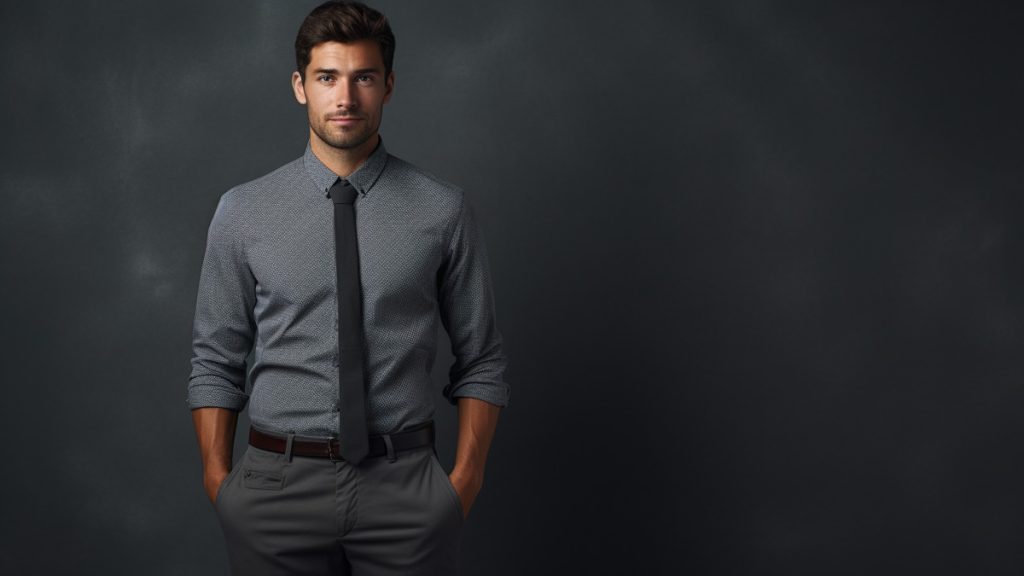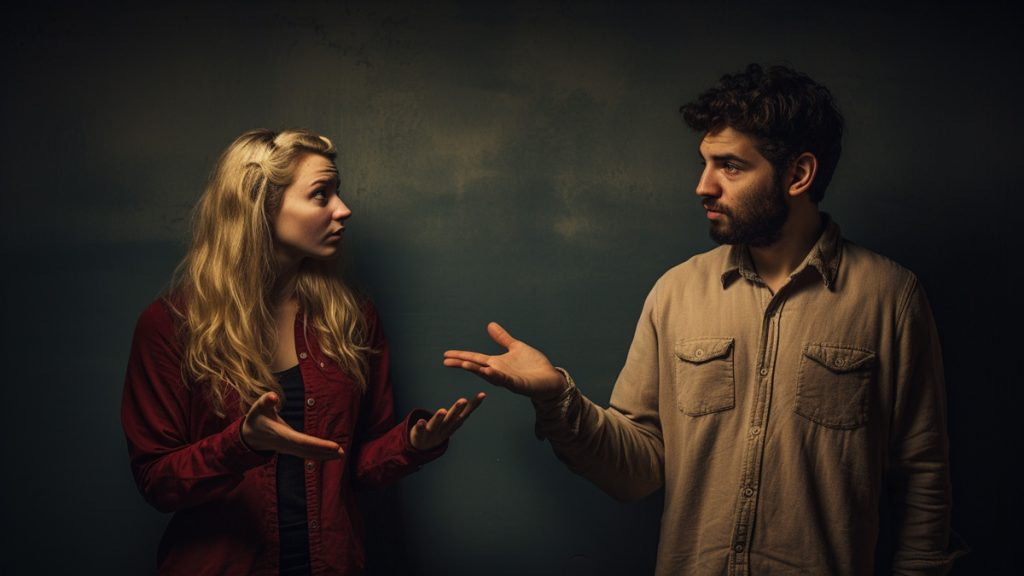Last Updated on December 5, 2024 by Avia
In the intricate tapestry of human communication, words are just one thread, and often, the most profound conversations occur without a single utterance. Body language, the silent language that speaks volumes, can reveal hidden thoughts, emotions, and intentions. Decoding this non-verbal communication is a skill that goes beyond mere observation; it involves understanding the subtle cues and gestures that others use to express themselves. In this exploration of decoding body language, we will delve into key insights and practical tips to navigate the subtle nuances of non-verbal communication.
Table of Contents
Mirrors of the Soul
The eyes, often referred to as the windows to the soul, are powerful conveyors of emotions and intentions. A person’s gaze can reveal a multitude of feelings, from honesty to deceit, interest to boredom. Understanding eye movements and expressions is crucial in decoding body language. A prolonged, direct gaze can indicate confidence, sincerity, or even attraction, while frequent blinking may signal discomfort or nervousness.
On the contrary, avoiding eye contact may suggest shyness, guilt, or a desire to conceal emotions. That said, you should also take into account cultural variations in interpreting eye contact, as norms differ across societies. Mastering the art of reading eyes provides a valuable key to deciphering the unspoken language of emotions.

The Dance of Non-Verbal Expression
Human bodies are eloquent storytellers, using gestures and postures to communicate feelings and thoughts. Observing someone’s body movements can offer profound insights into their emotional state and intentions. Open and expansive gestures, such as outstretched arms or a relaxed posture, often signify confidence, openness, and a positive attitude.
Conversely, closed postures, like crossed arms or hunched shoulders, may indicate defensiveness, discomfort, or a desire to create a physical barrier. Matching verbal communication with corresponding body language is crucial for authenticity and effective interaction. When decoding gestures and postures, it is crucial to consider the context and cluster of non-verbal cues rather than relying on isolated signals. This holistic approach allows a more accurate understanding of the intricate dance of non-verbal expression.
Unveiling the Subtle Truths
Microexpressions, fleeting facial expressions that last only a fraction of a second, are like hidden whispers of the true emotions beneath the surface. Learning to spot these subtle cues can be a game-changer in understanding someone’s genuine feelings. Common microexpressions include flashes of happiness, surprise, fear, anger, disgust, and sadness.
Despite their brevity, these expressions are often genuine reflections of a person’s emotional state, occurring involuntarily before they can mask their feelings. Recognizing microexpressions requires keen observation and practice because subtle nuances can be easily missed by the untrained eye. Training oneself to catch these rapid glimpses into the subconscious mind enhances the ability to decode the intricate language of emotions, providing valuable insights into the authenticity of human interaction.

Harnessing Advanced Social Skills
In the digital age, the quest to decode body language extends beyond face-to-face interactions. Various websites offer comprehensive guides to advanced and actionable social skills that can be applied in business, life, and love. These platforms not only dissect examples of body language but also provide science-based communication tips that delve into the underlying forces driving human behavior.
From mastering the art of negotiation in business to navigating complex personal relationships, these online resources offer a wealth of insights. Science-backed strategies empower individuals to uncover the hidden cues in non-verbal communication, allowing them to refine their social skills and enhance their ability to connect with others. Embracing these digital resources complements real-world observations, creating a holistic approach to decoding body language and mastering the intricate dance of human interaction.
Navigating Cultural Nuances
Understanding body language goes beyond recognizing universal cues; it involves navigating the rich tapestry of cultural nuances. Cultural variations significantly impact the interpretation of non-verbal signals, making adapting our decoding skills in diverse settings essential. For example, while direct eye contact may signify confidence in some cultures, it can be perceived as confrontational in others.
Similarly, gestures that are innocuous in one region may carry different meanings elsewhere. Developing cultural competence in decoding body language enhances our ability to communicate effectively and fosters meaningful connections in our globalized world. Whether in international business negotiations or personal relationships, embracing cultural awareness is key to mastering the subtle art of non-verbal communication.

Refining Your Decoding Skills
Decoding body language is a skill honed through practice and continual improvement. Actively engaging in real-world scenarios, from casual conversations to formal presentations, allows individuals to apply their knowledge and refine their observational skills. Seeking feedback from peers or mentors provides valuable insights that can help you improve your interpretation of body language.
Additionally, incorporating video analysis tools, where available, allows for a closer examination of one’s body language, fostering self-awareness and growth. Just as a musician refines their craft through consistent practice, mastering the art of decoding body language requires dedication, patience, and a commitment to continual learning. With each interaction, individuals have the opportunity to deepen their understanding of non-verbal cues and enhance their overall communication prowess.
Our Final Stance on Body Language
In the intricate dance of human interaction, decoding body language is a skill that evolves. From the expressive language of the eyes to the subtle truths revealed in microexpressions, understanding non-verbal communication is a lifelong journey of discovery. Embracing advanced social skills, navigating cultural nuances, and continually refining decoding abilities through practice and feedback contribute to a comprehensive mastery of the silent language.
As we navigate the complexities of business, life, and love, let us approach each interaction with curiosity, recognizing that the art of decoding body language is a dynamic and enriching aspect of our shared human experience. As always, thanks for reading!








